WEST LAFAYETTE, Ind., U.S.: While inherently strong, most ceramics tend to fracture suddenly when just slightly strained under a load unless this is done under high temperatures. Structural ceramic components also require high temperatures to form through a lengthy process called sintering, in which a powdered material coalesces into a solid mass. Researchers from Purdue University in West Lafayette have found that the brittle nature of ceramics as they sustain heavy loads can be overcome, resulting in more resilient structures that could be used for many applications, including dental implants.
The study demonstrated that applying an electric field during the formation of yttria-stabilized zirconia (YSZ)—a typical thermal barrier ceramic—makes the material shapeable at room temperature, almost like metal. In their experiments, the researchers at the university's School of Materials Engineering could also see cracks sooner, since they started to slowly form at a moderate temperature as opposed to higher temperatures, giving them time to rescue a structure.
Prior studies have shown that applying an electric field, or “flash,” significantly accelerates the sintering process that forms YSZ and other ceramics, and at much lower furnace temperatures than conventional sintering. Flash-sintered ceramics also have very little porosity, which makes them denser and therefore easier to deform. The ability of flash-sintered ceramics to change shape at room temperature or increasingly higher temperatures, had not previously been tested.
What allows metals to be fracture-resistant and shapeable is the presence of “defects,” or dislocations—extra planes of atoms that shuffle during deformation to make a material simply deform rather than break under a load. “These dislocations will move under compression or tension, such that the material doesn’t fail,” said lead author Jaehun Cho, a graduate student at the university.
Ceramics normally do not form dislocations unless deformed at very high temperatures. Flash-sintering them, however, introduces these dislocations and creates a smaller grain size in the resulting material. “Smaller grains, such as nanocrystalline grains, may slide as the ceramic material deforms, helping it to deform better,” said Dr. Haiyan Wang, Basil S. Turner Professor of Engineering at the university’s School of Materials Engineering.
Improved plasticity results in greater stability during operation at relatively low temperatures. The next steps would be using these principles to design even more resilient ceramic materials.
The study, titled “High temperature deformability of ductile flash-sintered ceramics via in-situ compression,” was published online in Nature Communications on 25 May 2018. The research was conducted in collaboration with the Oak Ridge National Laboratory in Oak Ridge, the University of California, Davis and the Colorado State University in Fort Collins.
Tags:
The digitisation of dentistry has unlocked many potential applications in modern clinical and technical practice. 3D printing is becoming an increasingly ...
SZCZECIN, Poland: Research on the teeth of Polish teenage swimmers has revealed dental erosion in more than 26 per cent of competitive swimmers and 10 per ...
GOTHENBURG, Sweden: Biofilm formation on dental implants is a major challenge for dental professionals. It causes patients great inconvenience and entails ...
DRESDEN, Germany: The temperature is currently climbing to 38 °C throughout Europe. While this heatwave is gruelling, it might also influence the ...
Dr Tobias Otto, a dentist in private practice in Aarau in Switzerland, witnessed the ‘death’ of amalgam as a student at the University of ...
Virtual reality (VR) simulation inevitably conjures up images of futuristic technology, imaginary worlds or complex robotic devices. What it may not ...
The AEEDC Dubai 2018 Young Researcher Award has been initiated to acknowledge young talents in the field of dental science. By simply providing them with ...
SELBYVILLE, Del., U.S.: A new report on the global dental implant market features key industry trends across the product, material, end-use, and regional ...
Dr Elham Kateeb’s professional career has been devoted to dentistry: She is an associate professor of dental public health and the dean of scientific ...
Material and methods
Cells
Human stem cells from the dental pulp of adults (given by S. Gronthos, NIH, Bethesda, USA) were cultivated in α-modified ...
Live webinar
Wed. 14 January 2026
12:00 pm EST (New York)
Dr. Théo Laplane, Dr. Robert Gottlander DDS
Live webinar
Fri. 16 January 2026
12:00 pm EST (New York)
Live webinar
Mon. 19 January 2026
1:00 pm EST (New York)
Philipp Kopp, Michael Seeber
Live webinar
Thu. 22 January 2026
9:00 am EST (New York)
Prof. Judith Jones D.D.S; M.P.H., Prof. Kakuhiro Fukai D.D.S., Ph.D, Dr. Bathsheba (Bethy) Turton
Live webinar
Thu. 22 January 2026
2:00 pm EST (New York)
Dr. Nicola M. Grande DDS, PhD
Live webinar
Wed. 28 January 2026
8:00 am EST (New York)
Live webinar
Wed. 28 January 2026
11:00 am EST (New York)
Prof. Dr. Jan-Frederik Güth



 Austria / Österreich
Austria / Österreich
 Bosnia and Herzegovina / Босна и Херцеговина
Bosnia and Herzegovina / Босна и Херцеговина
 Bulgaria / България
Bulgaria / България
 Croatia / Hrvatska
Croatia / Hrvatska
 Czech Republic & Slovakia / Česká republika & Slovensko
Czech Republic & Slovakia / Česká republika & Slovensko
 France / France
France / France
 Germany / Deutschland
Germany / Deutschland
 Greece / ΕΛΛΑΔΑ
Greece / ΕΛΛΑΔΑ
 Hungary / Hungary
Hungary / Hungary
 Italy / Italia
Italy / Italia
 Netherlands / Nederland
Netherlands / Nederland
 Nordic / Nordic
Nordic / Nordic
 Poland / Polska
Poland / Polska
 Portugal / Portugal
Portugal / Portugal
 Romania & Moldova / România & Moldova
Romania & Moldova / România & Moldova
 Slovenia / Slovenija
Slovenia / Slovenija
 Serbia & Montenegro / Србија и Црна Гора
Serbia & Montenegro / Србија и Црна Гора
 Spain / España
Spain / España
 Switzerland / Schweiz
Switzerland / Schweiz
 Turkey / Türkiye
Turkey / Türkiye
 UK & Ireland / UK & Ireland
UK & Ireland / UK & Ireland
 Brazil / Brasil
Brazil / Brasil
 Canada / Canada
Canada / Canada
 Latin America / Latinoamérica
Latin America / Latinoamérica
 USA / USA
USA / USA
 China / 中国
China / 中国
 India / भारत गणराज्य
India / भारत गणराज्य
 Pakistan / Pākistān
Pakistan / Pākistān
 Vietnam / Việt Nam
Vietnam / Việt Nam
 ASEAN / ASEAN
ASEAN / ASEAN
 Israel / מְדִינַת יִשְׂרָאֵל
Israel / מְדִינַת יִשְׂרָאֵל
 Algeria, Morocco & Tunisia / الجزائر والمغرب وتونس
Algeria, Morocco & Tunisia / الجزائر والمغرب وتونس
 Middle East / Middle East
Middle East / Middle East
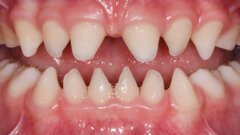























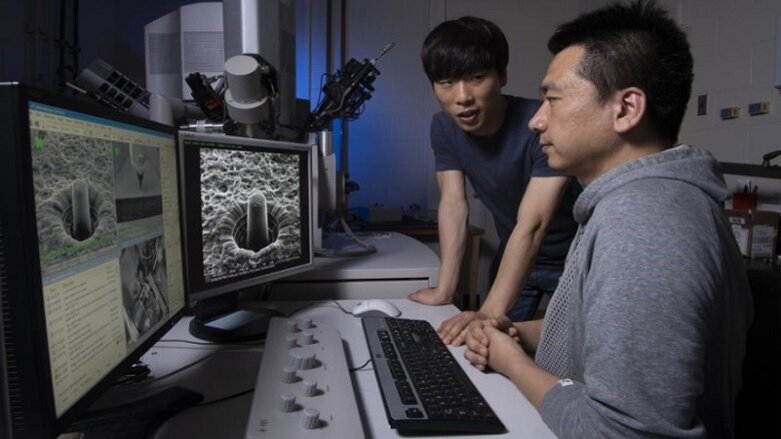



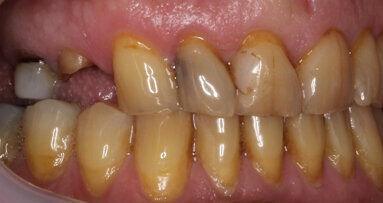

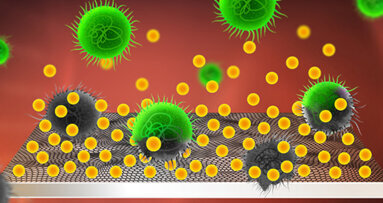

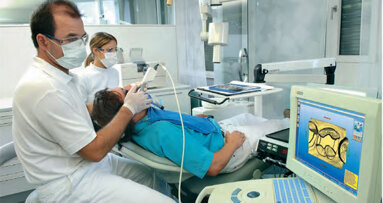
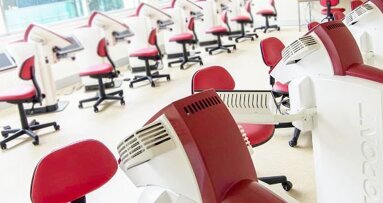
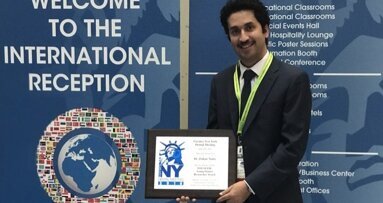

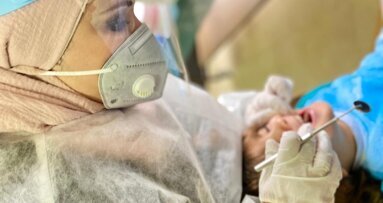
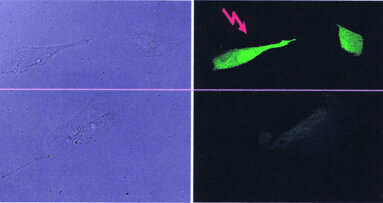










To post a reply please login or register